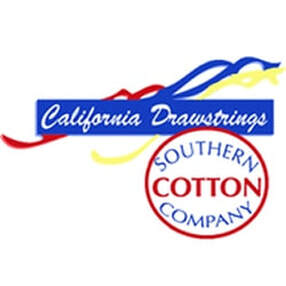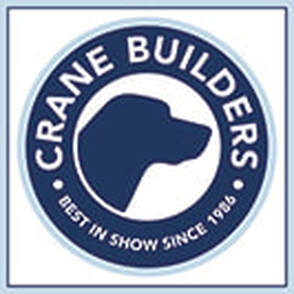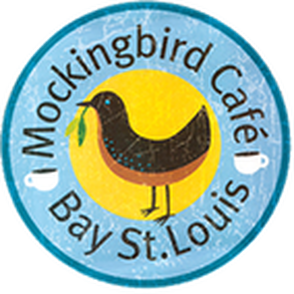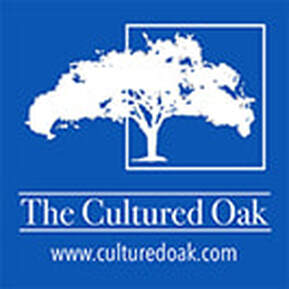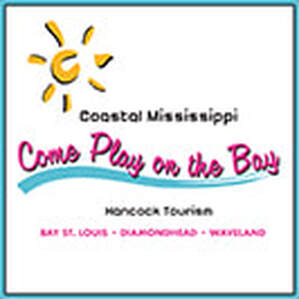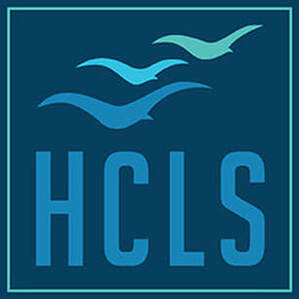Hancock County Historical Society: Volunteer Driven
A crackerjack group of volunteers keeps the energy humming at one of the most respected historical societies in the country.
- story by Rebecca Orfila, photos by Rebecca Orfila and Ellis Anderson
The HCHS volunteer cohort consists of individuals with a love for history or a desire to give back to their community. Gifted with various talents and interests, each volunteer is invited to work in their area of interest or, with the assistance of the volunteer staff, match their skills with new or unfinished projects. With a smile, Charles Gray, the Executive Director of HCHS, confirmed that volunteers are provided a wide berth on their volunteerism and schedule: “Whatever works for you, works for us.”
Volunteers can serve in many ways at HCHS. Several professional and avocational historians contribute quality articles to the monthly newsletter, The Historian of Hancock County. During a post-luncheon chat with a few of the volunteers, James Keating spoke of being inspired by Eddie Coleman (the editor of The Historian) to pursue his interest in the economic history of this area. Keating, a New Orleans native and retired physician, has been published in The Historian several times, most recently in the April 2016 issue with his article “The Turpentine Industry in Hancock County.” Other well-known contributors to The Historian include Coleman, Scott Bagley, and Russell Guerin. According to Coleman, submissions for The Historian are invited. If you are interested in submitting an article, contact the Society via the address or number listed below. 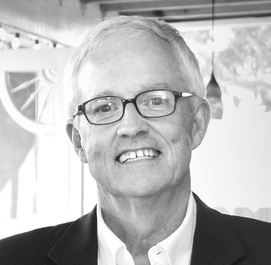 Scott Bagley Scott Bagley
Historical societies gather, organize, and share information with researchers, genealogists, visitors, and other interested parties by making paper or digital documents available to the public. HCHS maintains documents and indexes of local cemetery records, for example. These resources — and much more — are available to the general public at the Lobrano House in downtown Bay St. Louis and on the Society’s ever-expanding website, where the cache of digitized records available for research increases every day.
Through the efforts of volunteer researchers, writers, computer aficionados, organizers, and “boots on the ground” folks, the Society continues to add to their collection. Many local and New Orleans families have donated records and images, which are scanned for archival and research purposes. Personal materials, including private letters, tell stories and even provide details on confidential matters. According to Gray and Coleman, the Society does not censor when asked for information. No matter what the contents of a letter, album, or image, any donation will be made available to the public. “We don’t want any secrets,” Gray said. The amount and accessibility of resources at the Hancock County Historical Society has raised the bar for other county and city societies to provide research materials and educational events to the interested public. As noted by Gray, “Our ultimate goal is to consign all the written documents on Hancock County history that we can gather into a database that will provide instant access to information being sought.”
“We all learned a great deal from Katrina,” recalled Coleman. The hurricane was a major impetus for increased focus on digitizing.
Over the years, HCHS has received and cataloged thousands of primary (original papers, images, and maps) and secondary (books, annuals, and reproduced images) resources. Cataloguing documents takes a great deal of time. A collection of photographic negatives from Anthony Scafidi, a prolific Bay St. Louis photographer of the late 1940s through the early ’60s, for example, took multiple volunteers an entire year to clean, scan, and print for conservation purposes. Marianne Pluim, volunteer webmaster and computer pro, shared her thoughts on digitizing materials for public access and archival protection. According to Ms. Pluim, having access to cemetery, marriage, divorce, and land records online has made it possible for researchers at a distance to find key elements to their genealogical or historical research. Also, between 125 and 150 people actually visit the HCHS each month for research purposes, and having the digitized materials helps to make research time less lengthy. It also secures these important resources in case of natural disaster. Volunteer Beth Weidlich, like Marianne, is interested in saving a large quantity of materials for posterity. A regular Tuesday volunteer, Beth is deep into a project to scan materials located in the vertical files for uploading. Ana Balka works alongside Weidlich on the resources archive project, and recognizes the importance of history to county residents, but also to newcomers to the area. A transplant herself, Ana sees opportunities to expand our understanding of history in Hancock County by researching for example, the economic ebb and flow of businesses before and after catastrophic weather events, or for deepening our understanding of African American history in the county.
Dot Larroux Kersanac, another volunteer, is working on her own project. She is crusading to gain a Magnolia Marker for Cedar Point, where her family has had a presence for many years. A former teacher and respiratory therapist, her work-in-progress began in October 2015.
The Historical Society is concerned with more than paper documents. The Society and the Bay-Waveland Garden Club work together to register Hancock County’s oldest live oak trees, with volunteer Shawn Prychitko at the helm of those efforts. Read in-depth stories from the Cleaver about live oak registration here and here. Jim Thriffiley, 1st Vice President, is in charge of scheduling the monthly speakers. When asked what qualities a speaker should have, Thriffiley responded, “Warm, receptive, and clever.” Eddie Coleman said that people from many countries and states have contacted the Historical Society for assistance in research or genealogy. Between in-person visitors, telephone calls, and email inquiries, the daily workings and research fill the day for volunteers. The HCHS Board of Directors are all volunteers: Board President is Marco Giardino; Jim Thriffiley is 1st Vice President; Jackie Allain 2nd Vice President; Lana Noonan, Secretary; Georgie Morton, Treasurer. Scott Bagley, Publicity Chairman; John Gibson, Historian; and Ames Kergosien, Member-at-Large. This year on October 31st, the Society will hold its 23rd annual cemetery tour in Cedar Rest Cemetery. According to Gray, the event needs many volunteers every year to be successful: 10-12 to portray historical figures buried in the cemetery, another 10-12 to serve as guides, and several to welcome visitors to the Lobrano house, where guests are invited after the tour. As noted on the Society website, “All talents are welcome. No experience required.” Come join in the fun and help preserve Hancock County history. For more information on volunteering, possible submissions to the newsletter, or research, contact HCHS at 228-467-4090 or hancockcountyhis@bellsouth.net. Comments are closed.
|
Categories
All
Archives
April 2024
|
Shoofly Magazine Partners
Our Shoofly Partners are local businesses and organizations who share our mission to enrich community life in Bay St. Louis, Waveland, Diamondhead and Pass Christian. These are limited in number to maximize visibility. Email us now to become a Shoofly Partner!

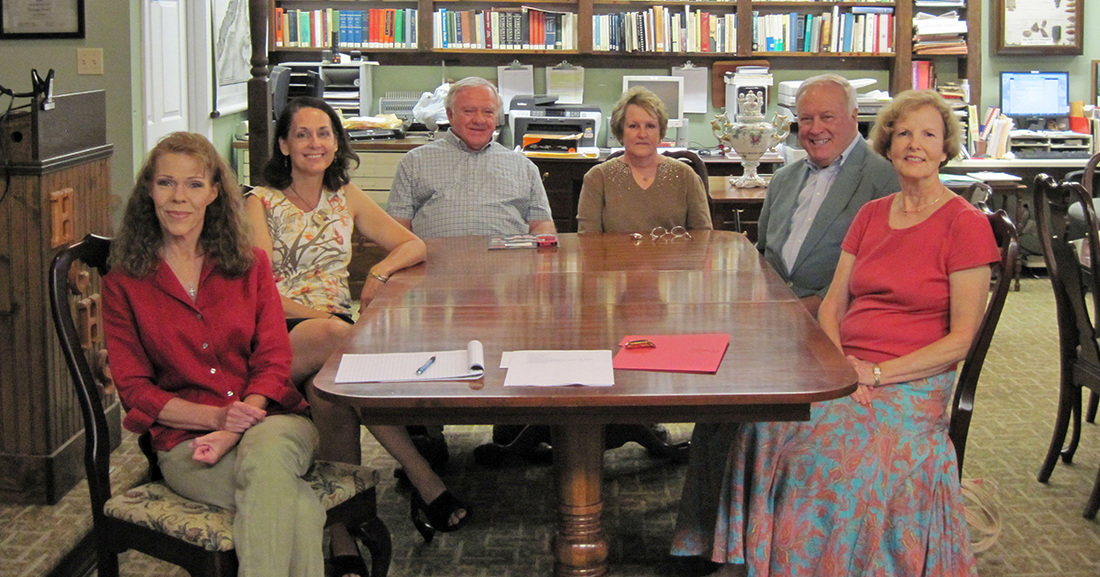
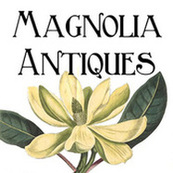
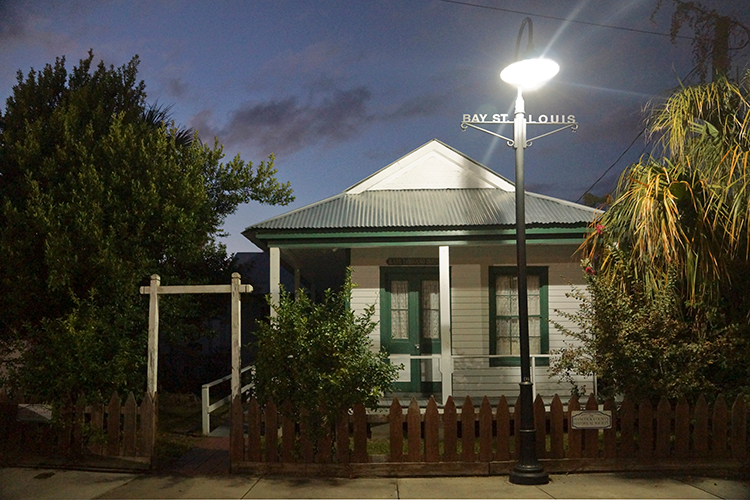
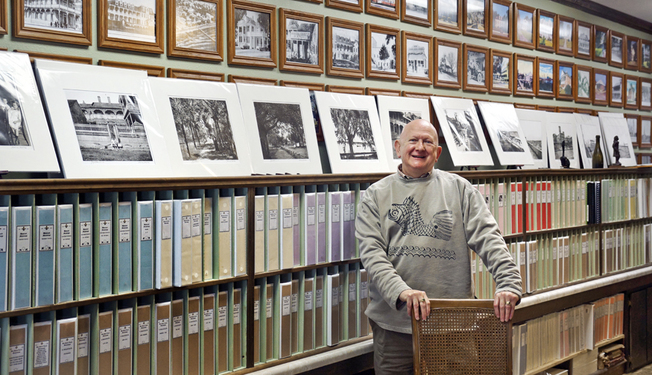
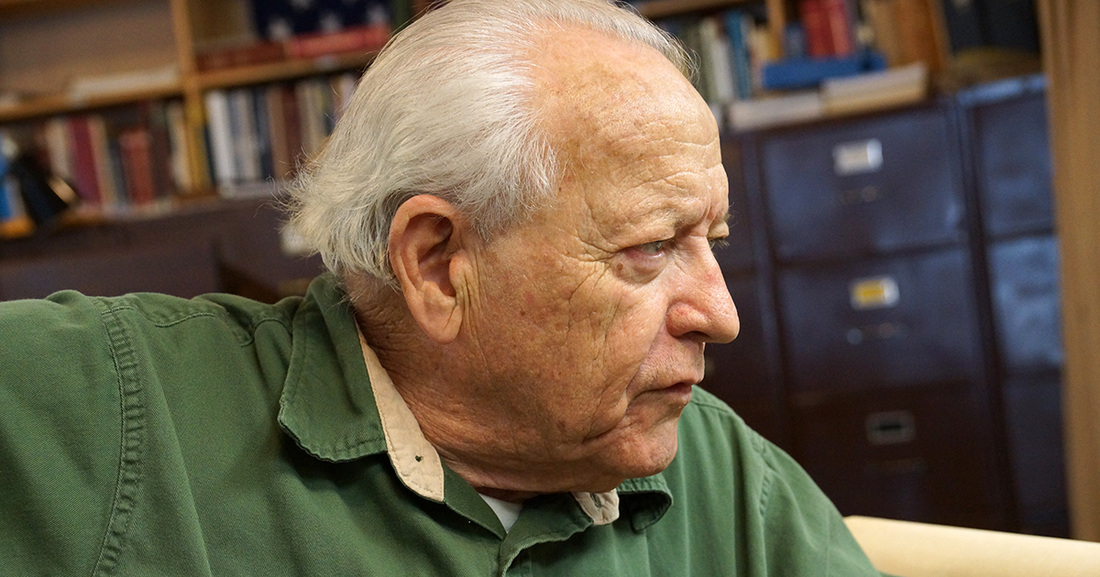
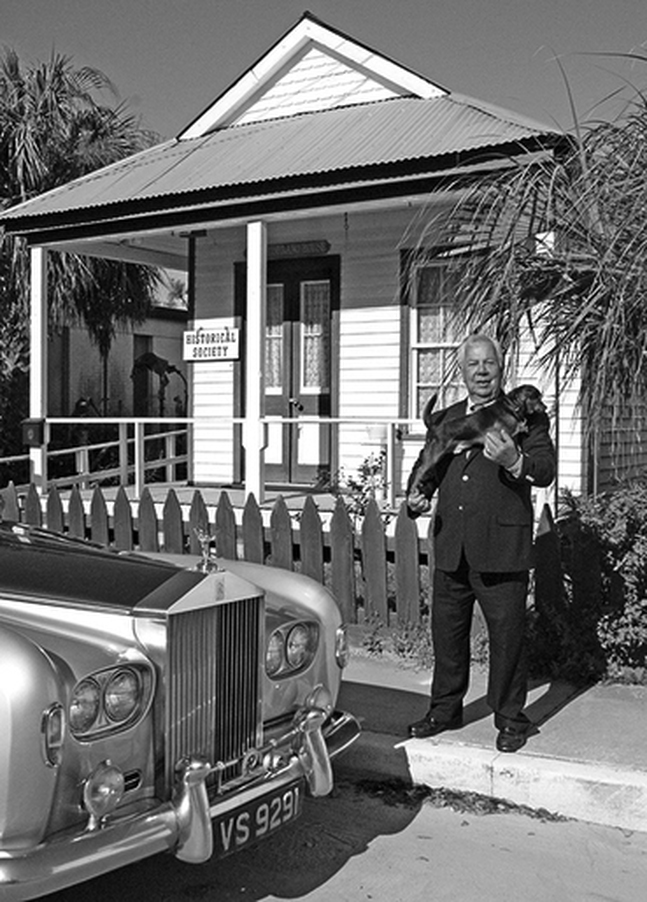


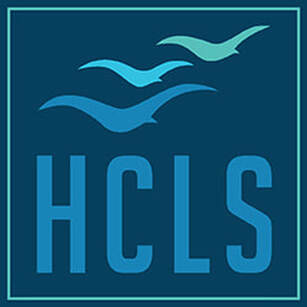

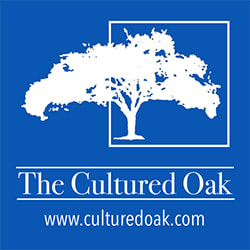





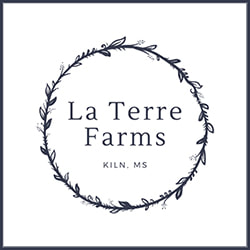



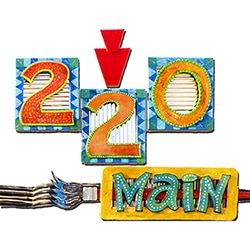

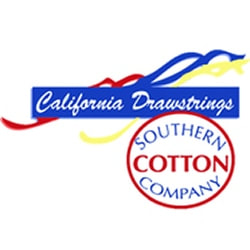


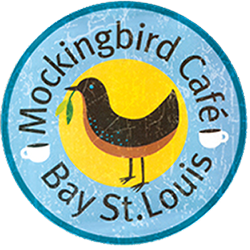




 RSS Feed
RSS Feed








